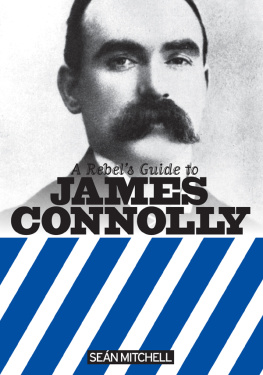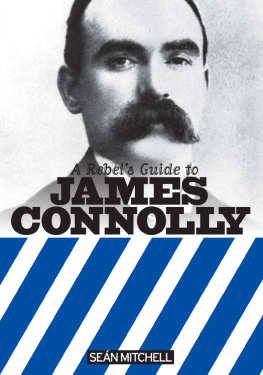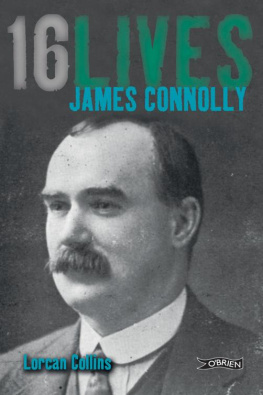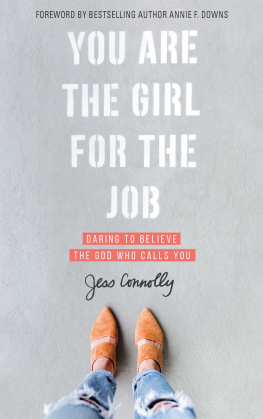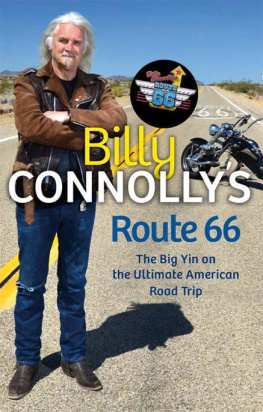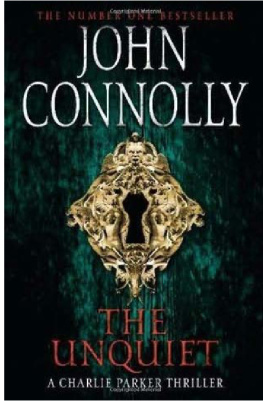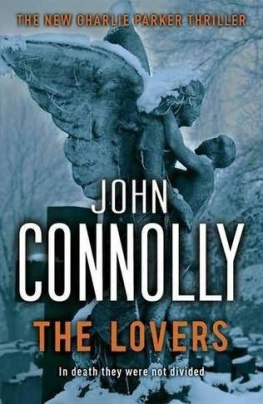Connolly James - A Rebels Guide to James Connolly
Here you can read online Connolly James - A Rebels Guide to James Connolly full text of the book (entire story) in english for free. Download pdf and epub, get meaning, cover and reviews about this ebook. City: Place of publication not identified, year: 2016, publisher: Bookmarks, genre: Politics. Description of the work, (preface) as well as reviews are available. Best literature library LitArk.com created for fans of good reading and offers a wide selection of genres:
Romance novel
Science fiction
Adventure
Detective
Science
History
Home and family
Prose
Art
Politics
Computer
Non-fiction
Religion
Business
Children
Humor
Choose a favorite category and find really read worthwhile books. Enjoy immersion in the world of imagination, feel the emotions of the characters or learn something new for yourself, make an fascinating discovery.
- Book:A Rebels Guide to James Connolly
- Author:
- Publisher:Bookmarks
- Genre:
- Year:2016
- City:Place of publication not identified
- Rating:4 / 5
- Favourites:Add to favourites
- Your mark:
- 80
- 1
- 2
- 3
- 4
- 5
A Rebels Guide to James Connolly: summary, description and annotation
We offer to read an annotation, description, summary or preface (depends on what the author of the book "A Rebels Guide to James Connolly" wrote himself). If you haven't found the necessary information about the book — write in the comments, we will try to find it.
A Rebels Guide to James Connolly — read online for free the complete book (whole text) full work
Below is the text of the book, divided by pages. System saving the place of the last page read, allows you to conveniently read the book "A Rebels Guide to James Connolly" online for free, without having to search again every time where you left off. Put a bookmark, and you can go to the page where you finished reading at any time.
Font size:
Interval:
Bookmark:

ACKNOWLEDGEMENTS
Thanks to Sally Campbell, Kieran Allen, Shaun Harkin, Shaun Doherty and Matt Collins for their comments on this work and to Peter Robinson, Lina Nicolli and Mary Phillips for their work on the production. Thanks in particular to Brian Kelly for his expert editorial skills. And finally thanks to Wendy Ni Fhionn, for putting up with me and all else besides. Beir Bua.
ABOUT THE AUTHOR
Sen Mitchell is a writer and socialist based in Belfast. He has written a forthcoming book on working class unity in Belfast during the Outdoor Relief Riots of 1932.
: Portrait of James Connolly (circa 1902).
: Boys holding up Daily Herald sheets reading Murphy Must Go during the Dublin Lockout (Irish Life, October 1913).
: Making martys. General Post Office, Dublin, before its evacuation, Easter 1916. Connolly is on the stretcher. Pdraig Pearse, Tom Clarke and The ORahilly are also pictured (Walter Paget, 1918).
Published by Bookmarks Publications 2016
ISBN print edition: 978-1-910885-08-6
ISBN Kindle: 978-1-910885-09-3
ISBN ePub: 978-1-910885-10-9
ISBN PDF: 978-1-910885-11-6
Typeset by Peter Robinson
Printed by Melita Press
J ames Connollys life and above all his execution by a British firing squad on 12 May 1916 made him a hero to Irish nationalists. His name regularly features in the long litany of great Irish historical figures cited or celebrated by some of Irelands most conservative and reactionary forces. Streets, buildings and train stations are named after him; statues have been erected in his honour.
There is, however, another side to Connolly that Irish elites would rather you never discover: Connolly was an activist, a lifelong Marxist and a revolutionary socialist committed to the destruction of capitalism, both in Ireland and the world over. This fact alone is a source of embarrassment to an establishment in Ireland intent on claiming him as their own.
But who was James Connolly? What did he stand for? What can his life and ideas teach us today? Born in 1868 into extreme poverty, Connolly became one of the most powerful socialist orators of his generation. Along the way he was also a child labourer, a factory worker, a soldier in the British Army, a journalist and writer, and a trade union and political organiser.
His activism brought him to the very heart of some of the most iconic turn-of-the-century labour strugglesnot only in Ireland, but also in Scotland and in the United States. He played an important role in some of the high points of workers struggle in the early years of the 20th century on both sides of the Atlantic.
However, beyond his leading role as a labour agitator Connolly was also a self-educated revolutionary who understood the importance of ideas and theory. He was an avid reader and a prolific writer, publishing not only pamphlets and articles but also plays, poems and songs. He was one of the great popularisers of socialist ideas in the English language, but to communicate with immigrant workers in the US he taught himself rudimentary Italian, and was an avid student of Esperantothe universal language that many radicals of his time believed would one day unite workers around the globe.
Central to his analysis, and to his efforts in all the organisations that he joined and helped found, was a commitment to the self-emancipation of workers, principled opposition to imperialism, and unwavering internationalist solidarity. His writings provide a brilliant, direct and clear exposition of the need for revolutionary socialism.
Whenever the Easter Rising is commemorated, almost every shade of political opinion in Ireland claims James Connolly as one of their own. What makes this possible is that his ideas are rarely discussed and largely ignored. This little book tries to rediscover those ideas and James Connollys unique contributions to the international socialist movement.
T he figure of James Connolly looms large in the pantheon of great Irish historical figures. Strange, then, that Ireland was not his place of birth. Indeed, despite a number of valiant attempts by Irish nationalist figures to suggest the contrary, the fact remains: James ConnollyIrelands most important Marxist thinker and organiserwas born in Scotland.
Still, events in Ireland were to have a decisive impact on his life from the very beginning. Owing to the devastation imposed on the country by the Famineor An Gorta Mr (The Great Hunger)millions of Irish people either starved or emigrated. Those who could afford to set off for lands afar; Australia, New Zealand and of course North America being the most common destinations. Those who could not afford the trip were forced to look closer to home, moving in their thousands into the working class districts of industrial Britain. John and Mary Connollytwo Irish immigrants from County Monaghan, who moved to Scotland in search of workwere part of this mass migration.
The Connollys settled in the impoverished district of Cowgate in Edinburgh, known locally as little Ireland because of its large immigrant population. Cowgate was a slum in the strictest sense of the word. Here immigrants crammed into small, poorly sanitised, single-room dwellings. Each tiny room in the area housed on average seven people. It was within the walls of these cramped conditions that Mary and John raised a family and in 1868 they had their third son, James Connolly.
Connolly had a tough upbringing. Like most children of Irish immigrants, he attended a Catholic primary school, St Patricks. His formal education did not last long unfortunately and at the tender age of 11 he left school and started his life as a child labourer. His first job was working at menial taskscleaning print rollers and doing odd jobs for managementat the Edinburgh Evening News. A factory inspector would later dismiss him from his job because of his age (despite the fact he was told to stand on a box that made him look taller). Money, however, was desperately scarce at home and the young Connolly was forced to seek new employment. Landing a job as a bakers apprentice at the age of 12, he worked from six in the morning until late at night. Years later he told his daughter Nora that he would often pray that he would find the place burnt down when he returned the next day.
Work at the bread factory proved to be a punishing experience for Connolly. He was still only a young boy and his health suffered greatly as a result. Again forced to seek work elsewhere, he laboured for about a year in a small mosaic factory in less noxious circumstances. Here Connollys life took an unexpected, even unusual, turn. At 14 he falsified his age in order to enlist in the Royal Scots Regiment. Little is known about Connollys time in the British Army, though we do know that it was in the service of Queen Victoria that he first set foot in Ireland, stationed first in the Curragh Military Camp in County Kildare and later in the capital city, Dublin. It was during this time that he met Lillie Reynolds, later his wife and lifelong partner.
Connolly rarely spoke of his time in the military, but its not hard to imagine that this experience had a profound impact on the anti-imperialist politics he would come to adopt. Years later, in his paper the Workers Republic, he described the British Army as a moral cesspool corrupting all within its bounds (Workers Republic, 15 July 1899). He was no doubt thinking of his own past.
Connolly spent seven years in the British Army, but when his battalion was redeployed to India he went AWOL, returning to Scotland to live with his brother in Dundee. It was during this period that he first got involved in the socialist movement. Scotland was then in the grip of new unionismmarked by a steep rise in class conflict that saw a massive upsurge in trade union membership and strike activity. In Dundee there were huge demonstrations, some numbering tens of thousands, against a ban on public processions. Connollys older brother John was heavily involved in the upheaval and was subsequently sacked for organising a march in the city.
Next pageFont size:
Interval:
Bookmark:
Similar books «A Rebels Guide to James Connolly»
Look at similar books to A Rebels Guide to James Connolly. We have selected literature similar in name and meaning in the hope of providing readers with more options to find new, interesting, not yet read works.
Discussion, reviews of the book A Rebels Guide to James Connolly and just readers' own opinions. Leave your comments, write what you think about the work, its meaning or the main characters. Specify what exactly you liked and what you didn't like, and why you think so.

